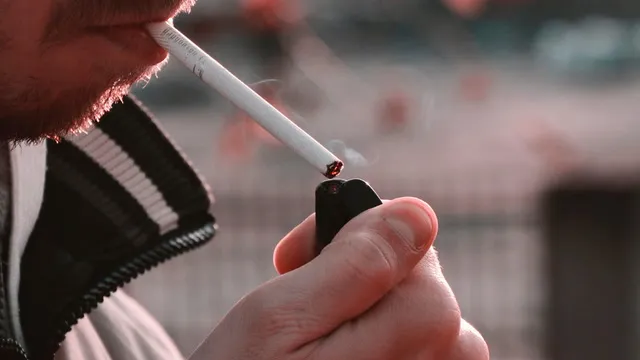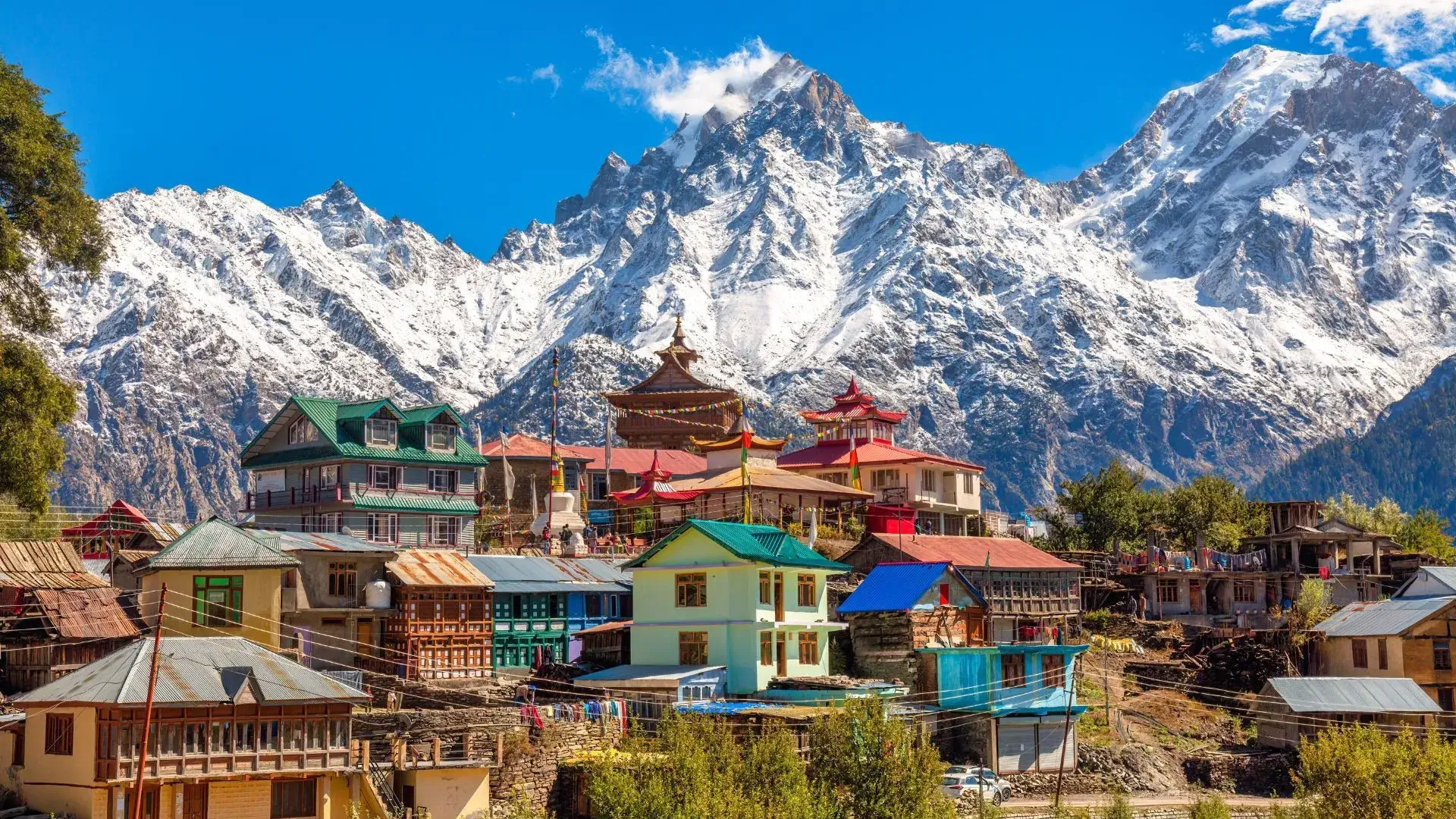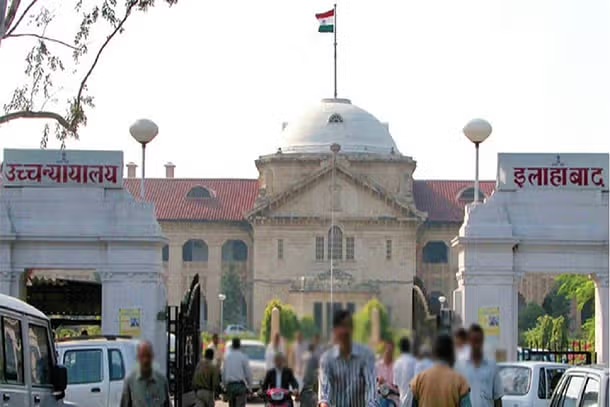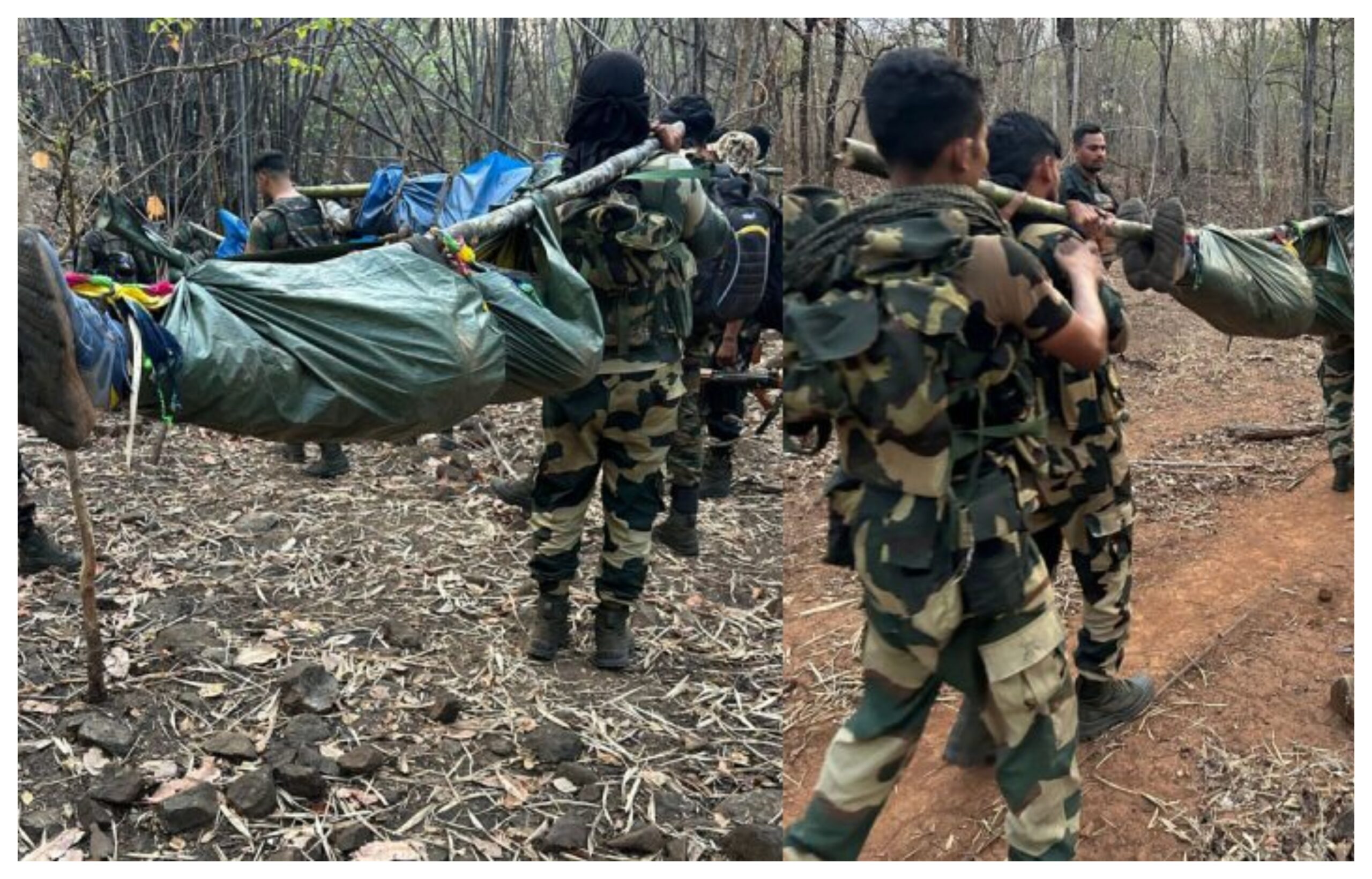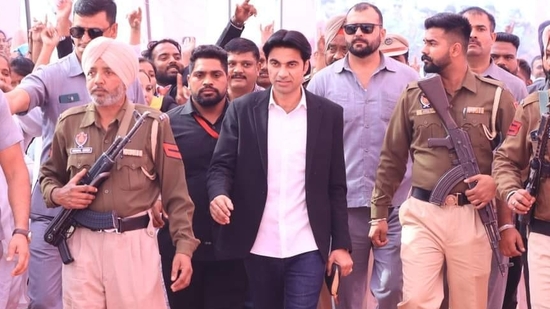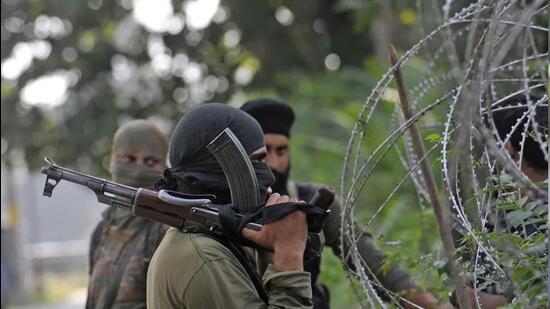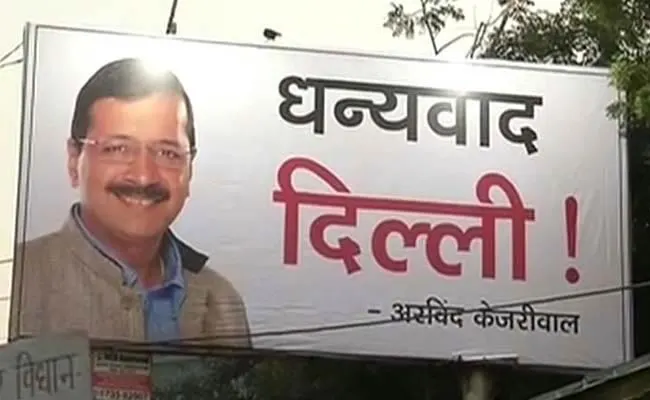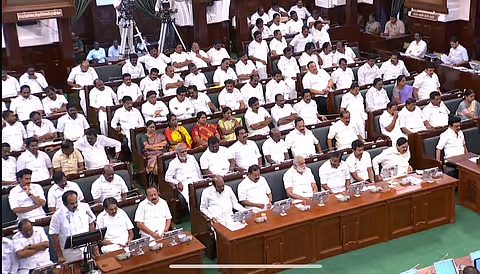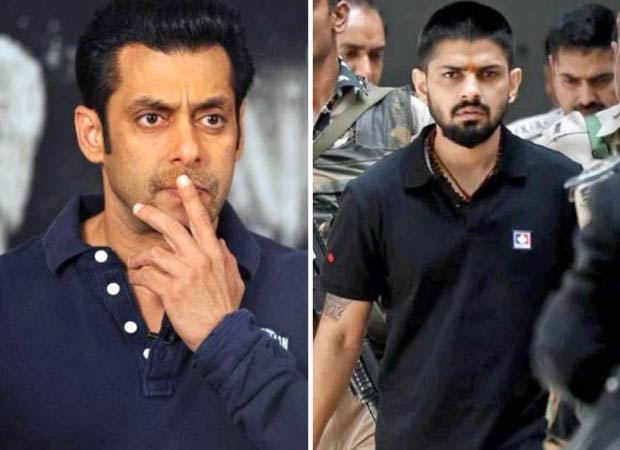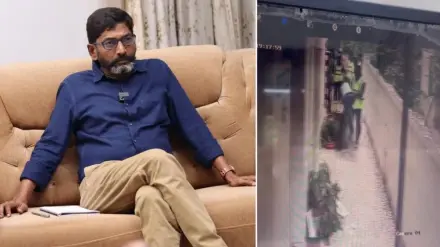introduction to World Polio Day
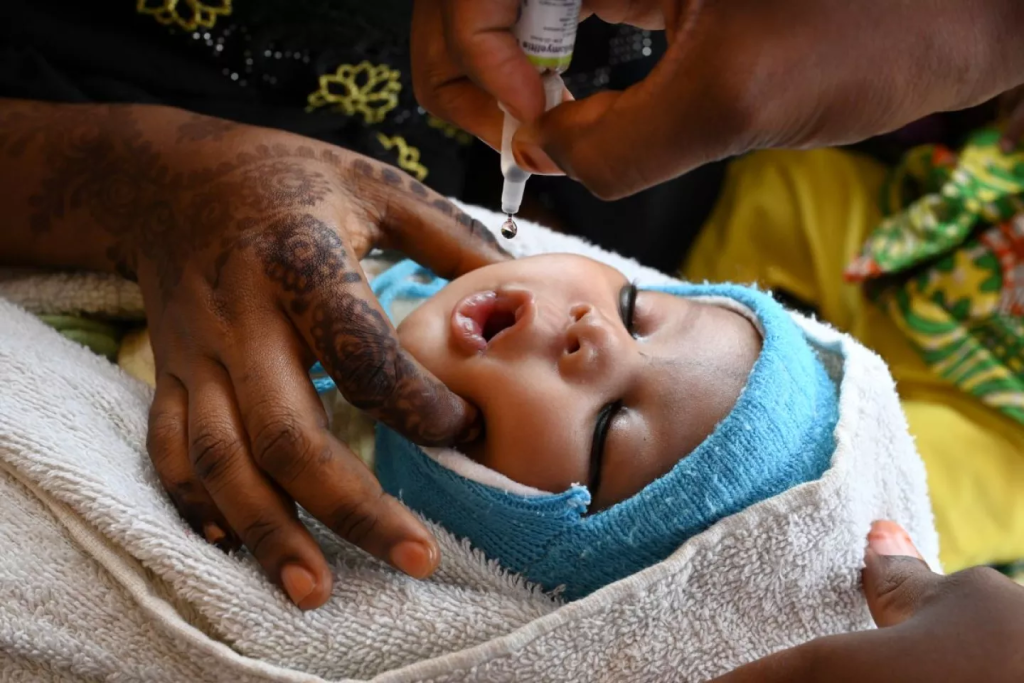
World Polio Day, observed on October 24, was established by Rotary International. It honors the birth of Jonas Salk, who led the team that developed the first polio vaccine in the 1950s. This day reminds us of the significant global efforts to eliminate polio, a highly infectious viral disease that can lead to paralysis and even death, mainly affecting children.
India’s Fight Against Polio
India once faced the daunting challenge of eradicating polio. This disease, without any cure, can only be prevented through vaccination. In 2009, India reported 741 polio cases, the highest in the world. However, by January 2011, the country had its last reported case in West Bengal’s Howrah. This remarkable turnaround became a symbol of India’s healthcare success.
The Road to Eradication: Challenges Faced
India’s journey was fraught with challenges, primarily its vast population living in crowded and unsanitary conditions. Vaccine hesitancy, born out of religious beliefs and mistrust, added to the complexity. The geographically difficult areas also posed obstacles to vaccination efforts. Despite these difficulties, India implemented a strategy that involved coordination between various government levels and international aid agencies.
How India Overcame the Challenges
Vaccination campaigns in India began in 1972 and expanded under the Universal Immunisation Programme in 1985. A nationwide immunization day was established, and polio drops were administered orally, making them accessible even in remote areas. Vaccination drives took place during festivals, at railway stations, and in locations where crowds gathered. Celebrities like Amitabh Bachchan helped raise awareness through campaigns with slogans like “Do Boond Zindagi Ki” (Two Drops of Life), which still resonates with the public.
In addition to vaccines, public health messages emphasized hygiene practices like handwashing, boiling drinking water, and breastfeeding to prevent the spread of the virus.
Monitoring and Surveillance of Polio Cases
One of the key elements of India’s success was its robust surveillance system, supported by international organizations such as the WHO and UNICEF. The government implemented a system to monitor acute flaccid paralysis in children, a key symptom of polio, to ensure swift responses to outbreaks. A network of informers, including community health workers and local doctors, helped identify potential cases and ensure vaccination around affected areas. Know more; https://theaspectratio.in/health-fitness/meghalayas-vaccine-derived-polio-case-sparks-concern-in-india/
Special Measures for Migrants and Overcoming Cultural Barriers
In regions like Uttar Pradesh and Bihar, seasonal migration posed another challenge. Many migrants missed vaccination rounds, so special vaccination camps were set up in their residential areas. Vaccination efforts were also adapted to the working schedules of daily wage laborers, ensuring that no child missed immunization.
Religious and cultural barriers also hindered the fight against polio. For instance, in some communities, there were rumors that the vaccine could cause impotence or that it was made from substances forbidden by religious practices. To counter this, influential community leaders, including imams and maulanas, played a critical role in dispelling myths and encouraging vaccination.
India’s Success and Global Implications
By 2008, India had made significant strides, and by 2011, the country was declared polio-free. This victory is a testament to coordinated global health efforts and India’s determination. The lessons learned from India’s polio eradication campaign were invaluable during the COVID-19 vaccination drive, demonstrating how targeted health initiatives can bring about profound change.
Conclusion: A Healthier Future Awaits
World Polio Day 2024 reminds us how far we’ve come in the global fight against polio. India’s successful eradication of polio is a symbol of hope for the world and a beacon for continued efforts to ensure that this disease is eradicated worldwide. A polio-free future is within reach through collaboration, education, and persistence.
Also read: https://daijiworld.com/news/newsDisplay?newsID=1238176

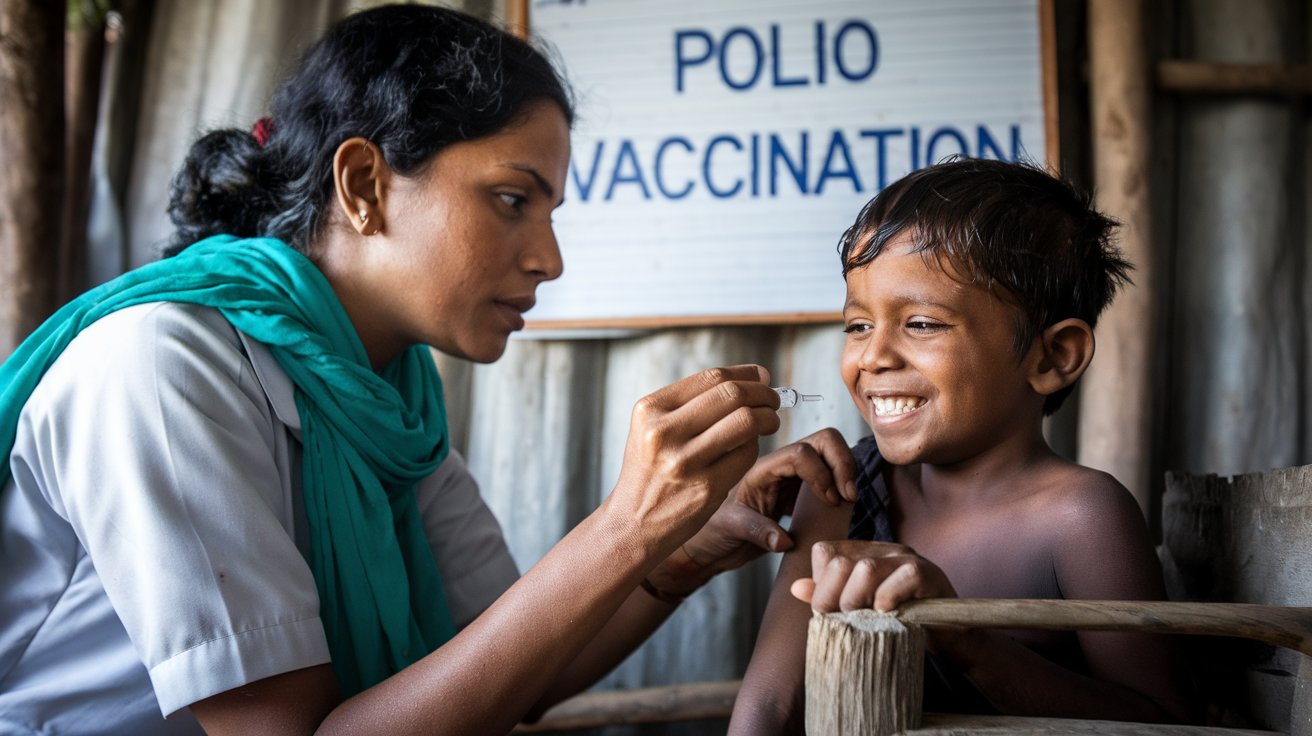
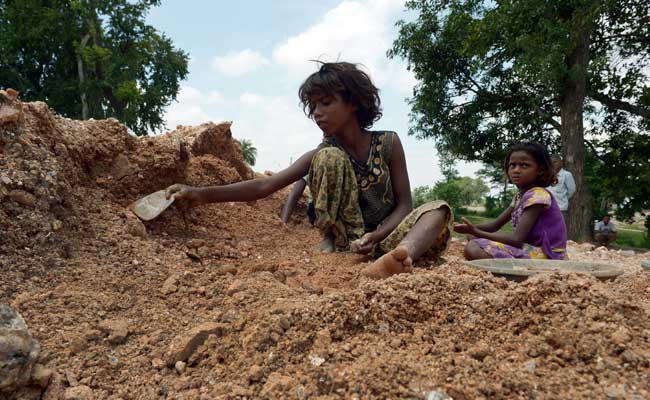
 By
By
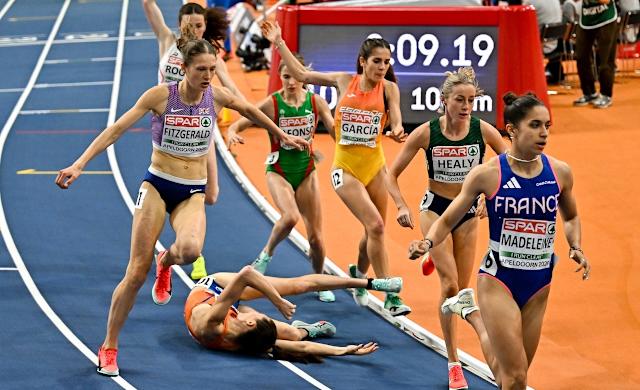

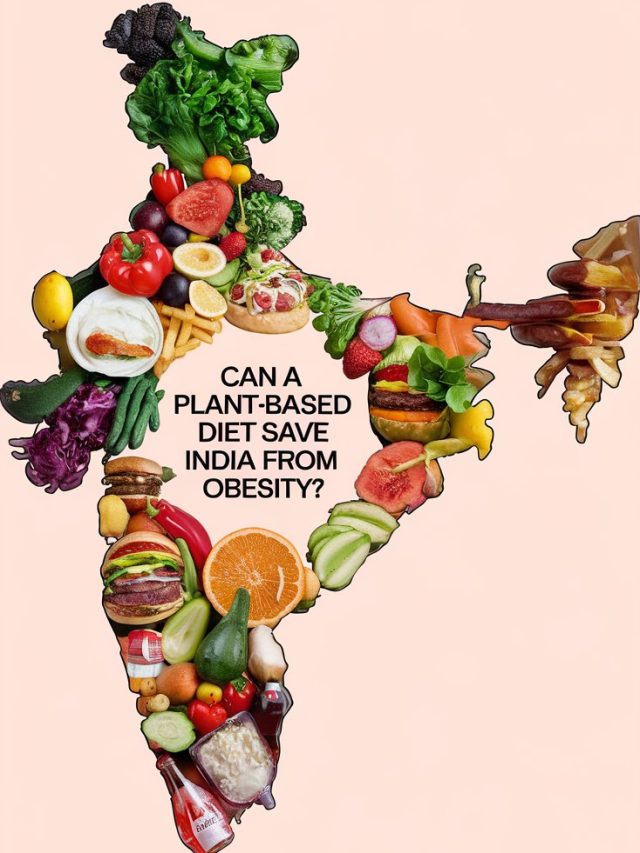
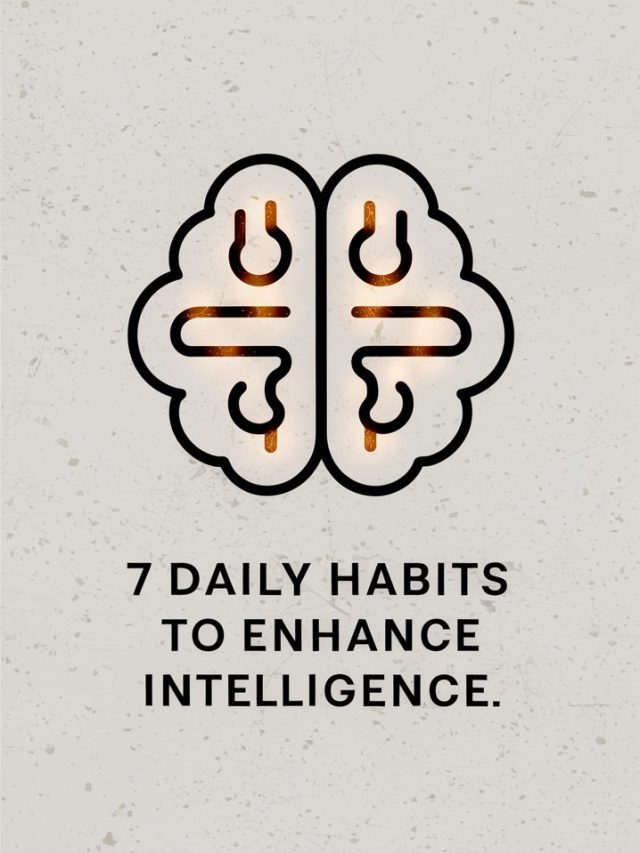
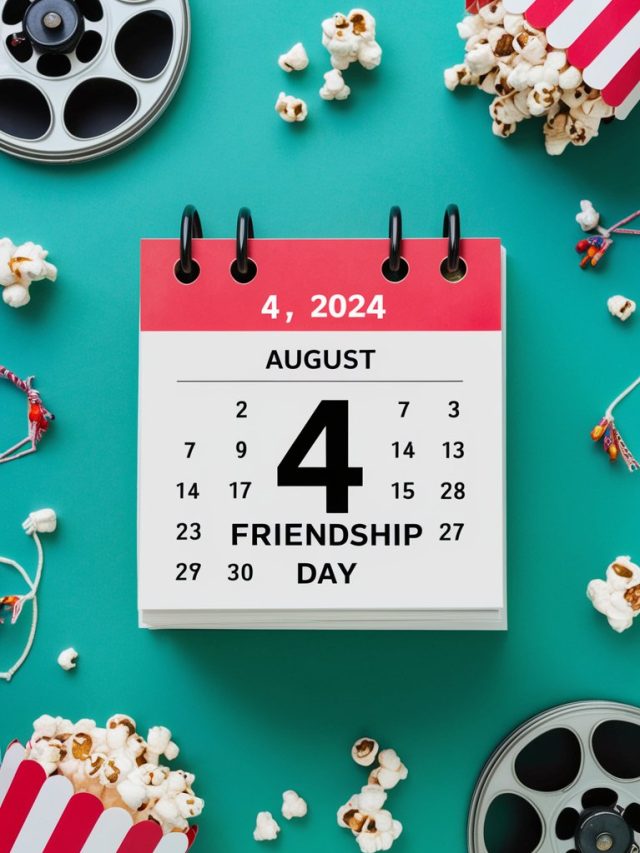

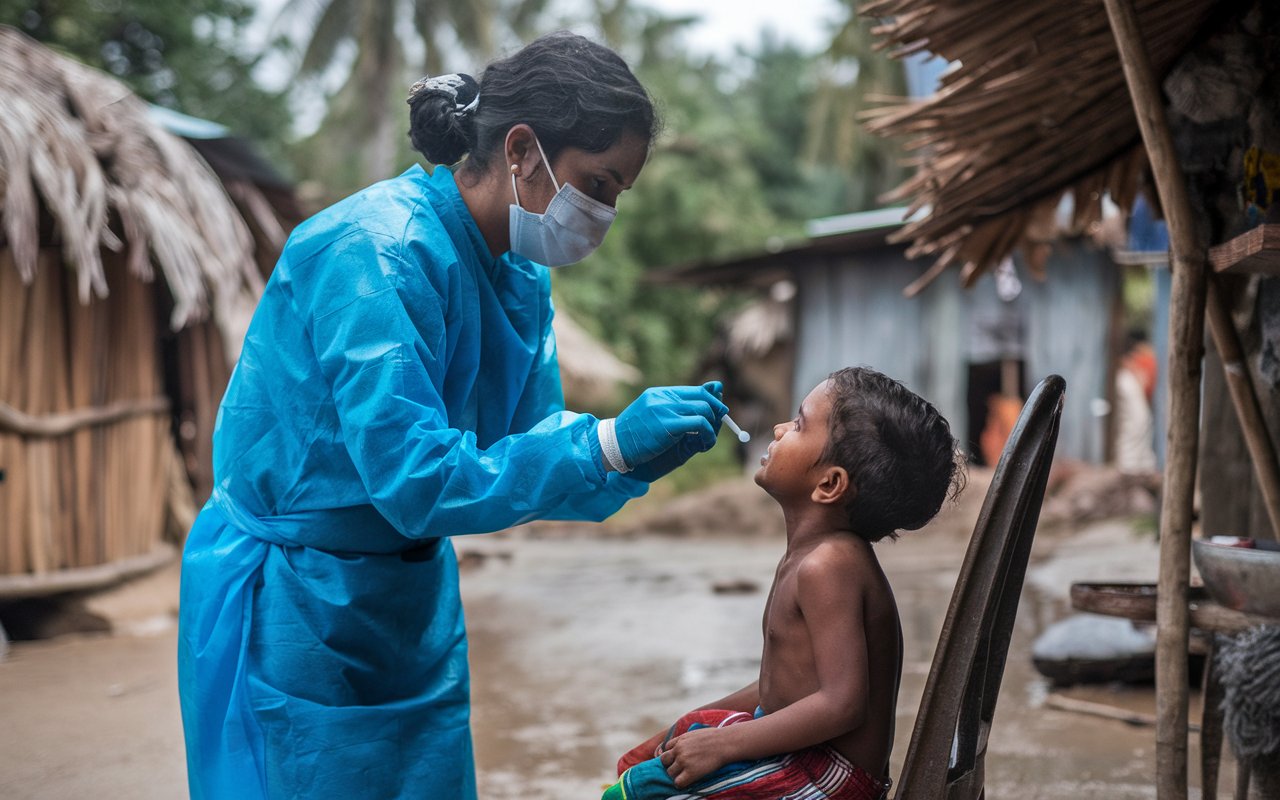
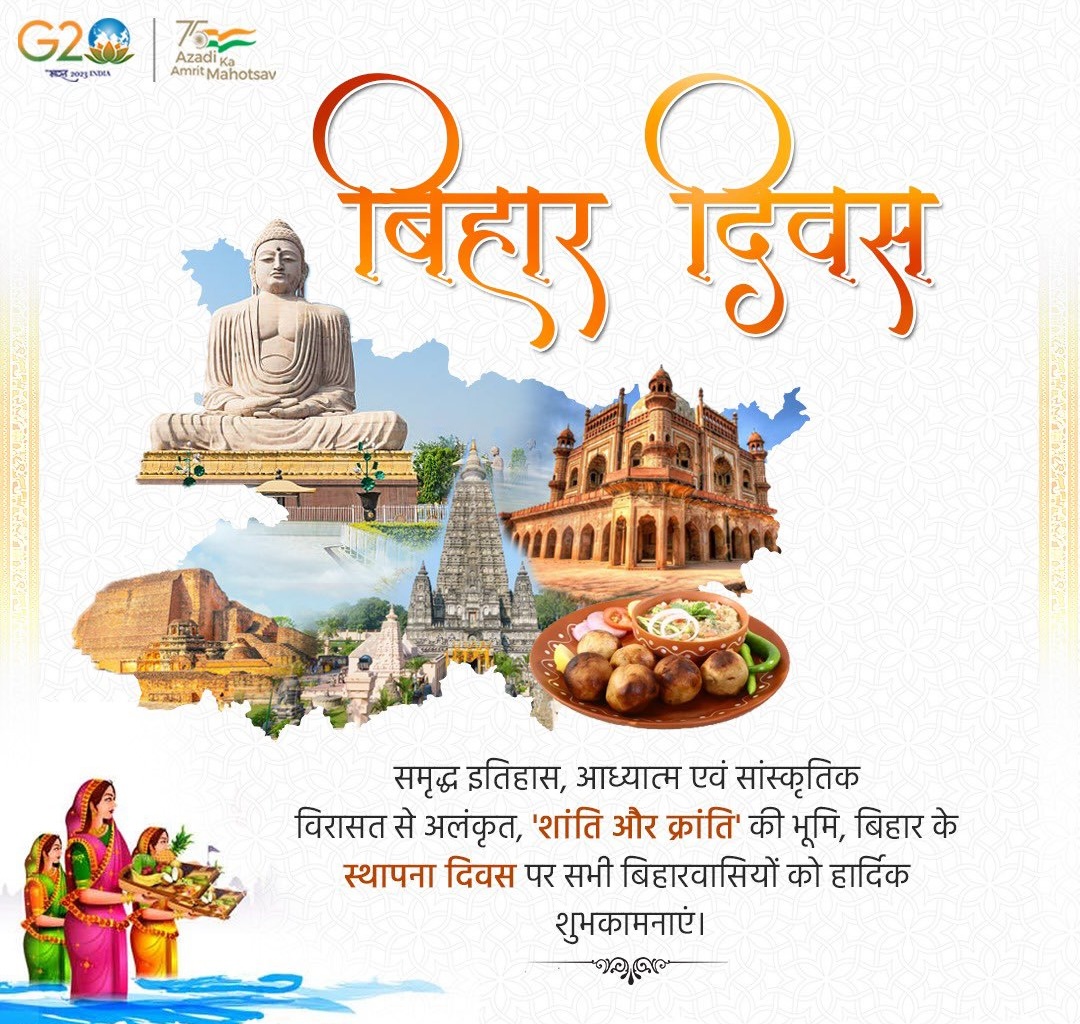
 By
By